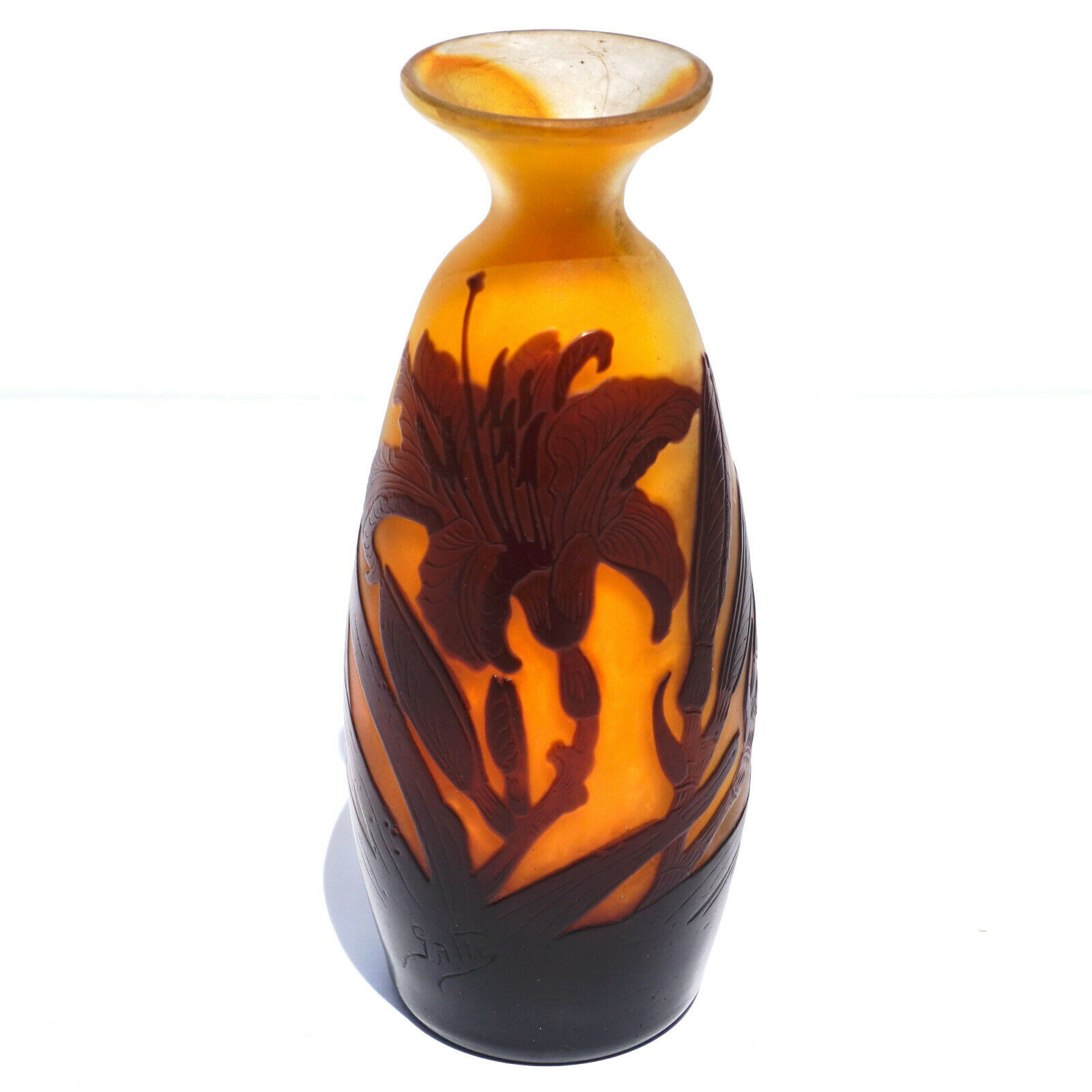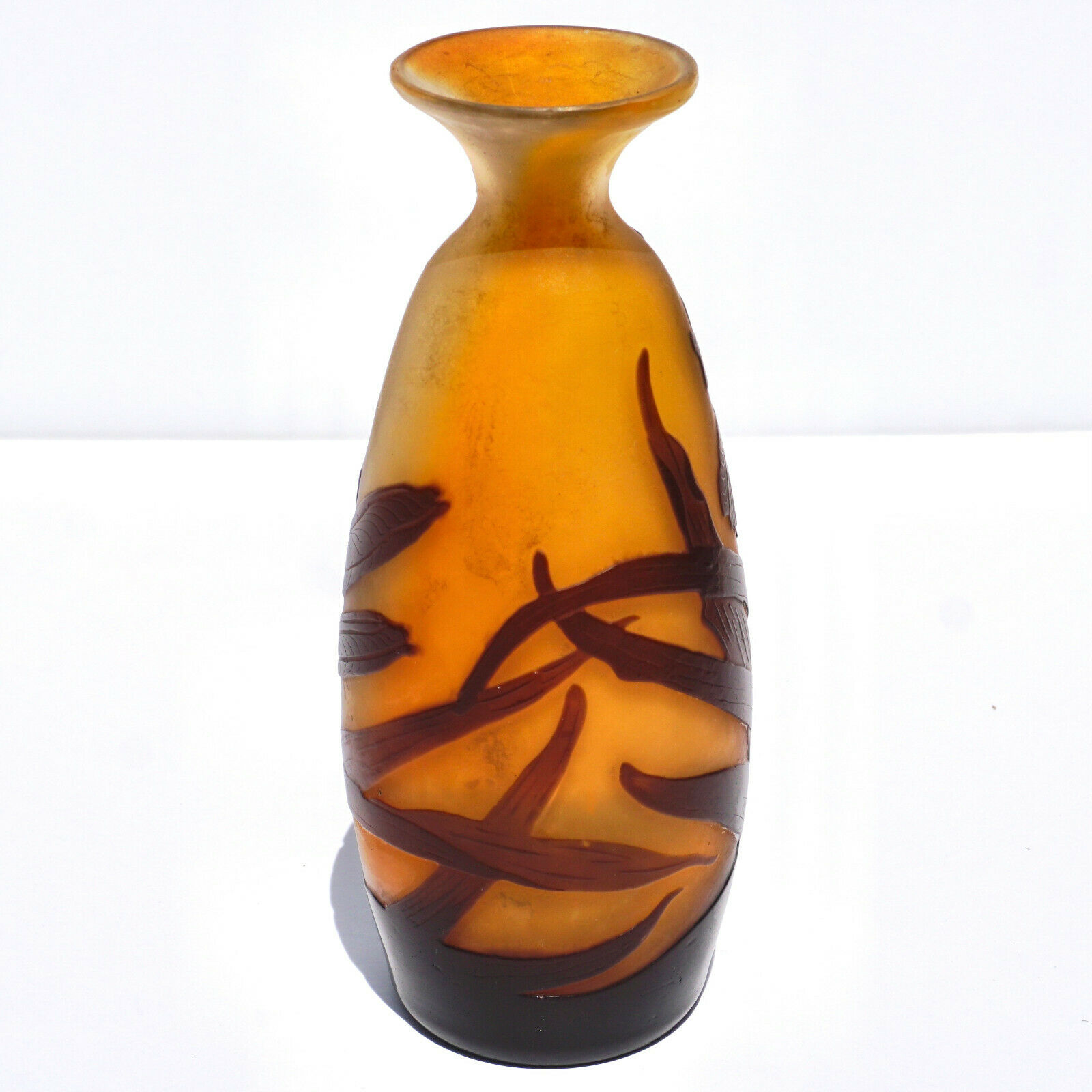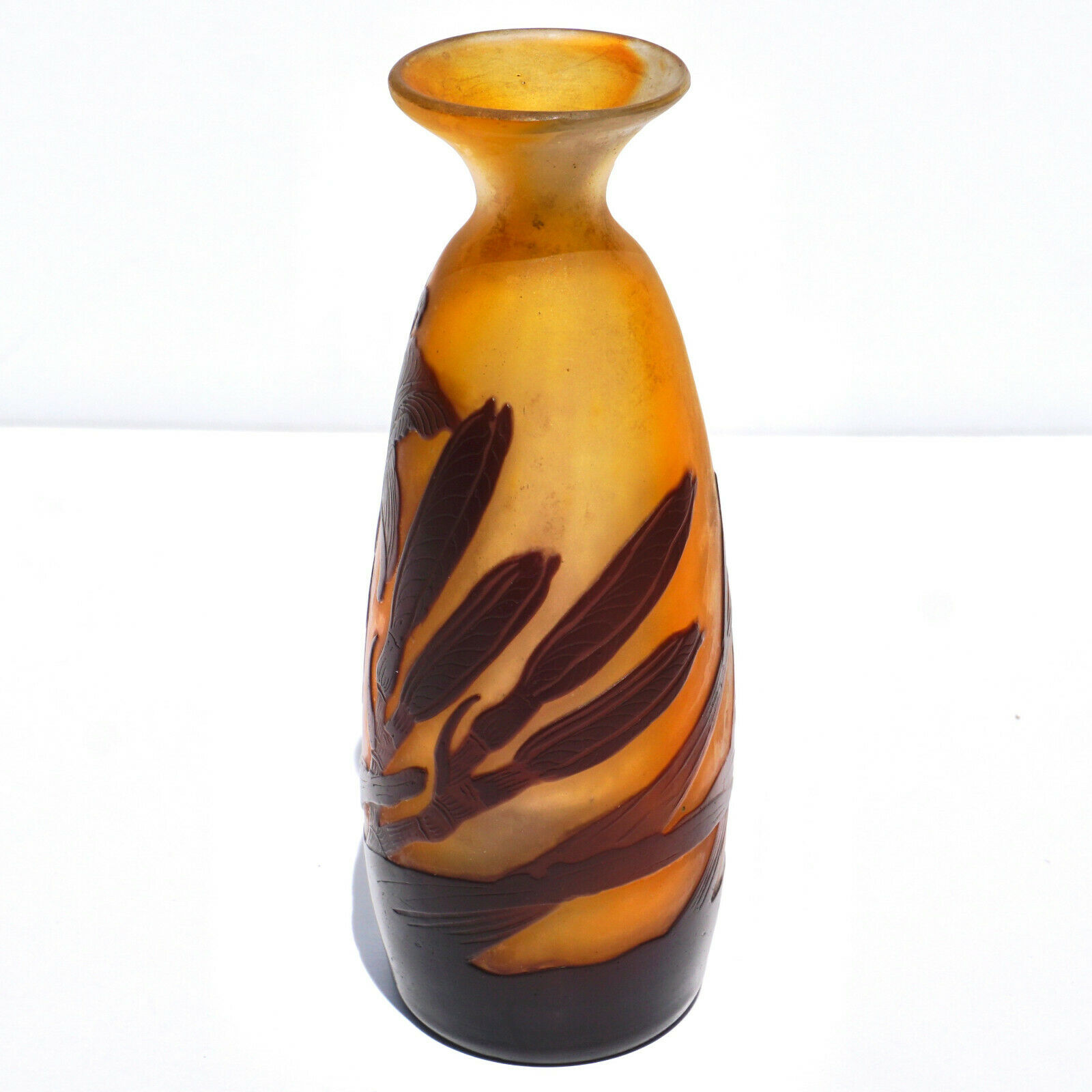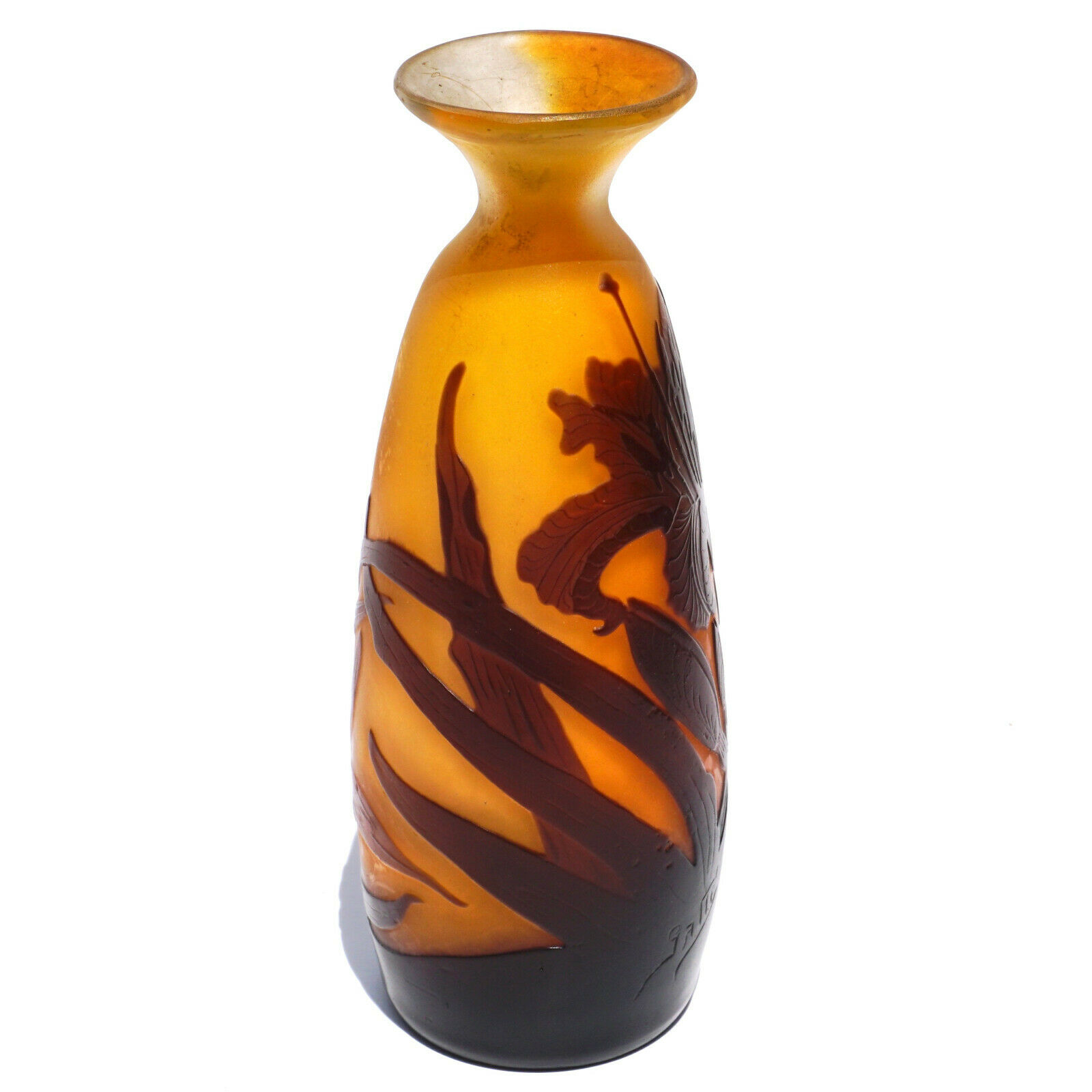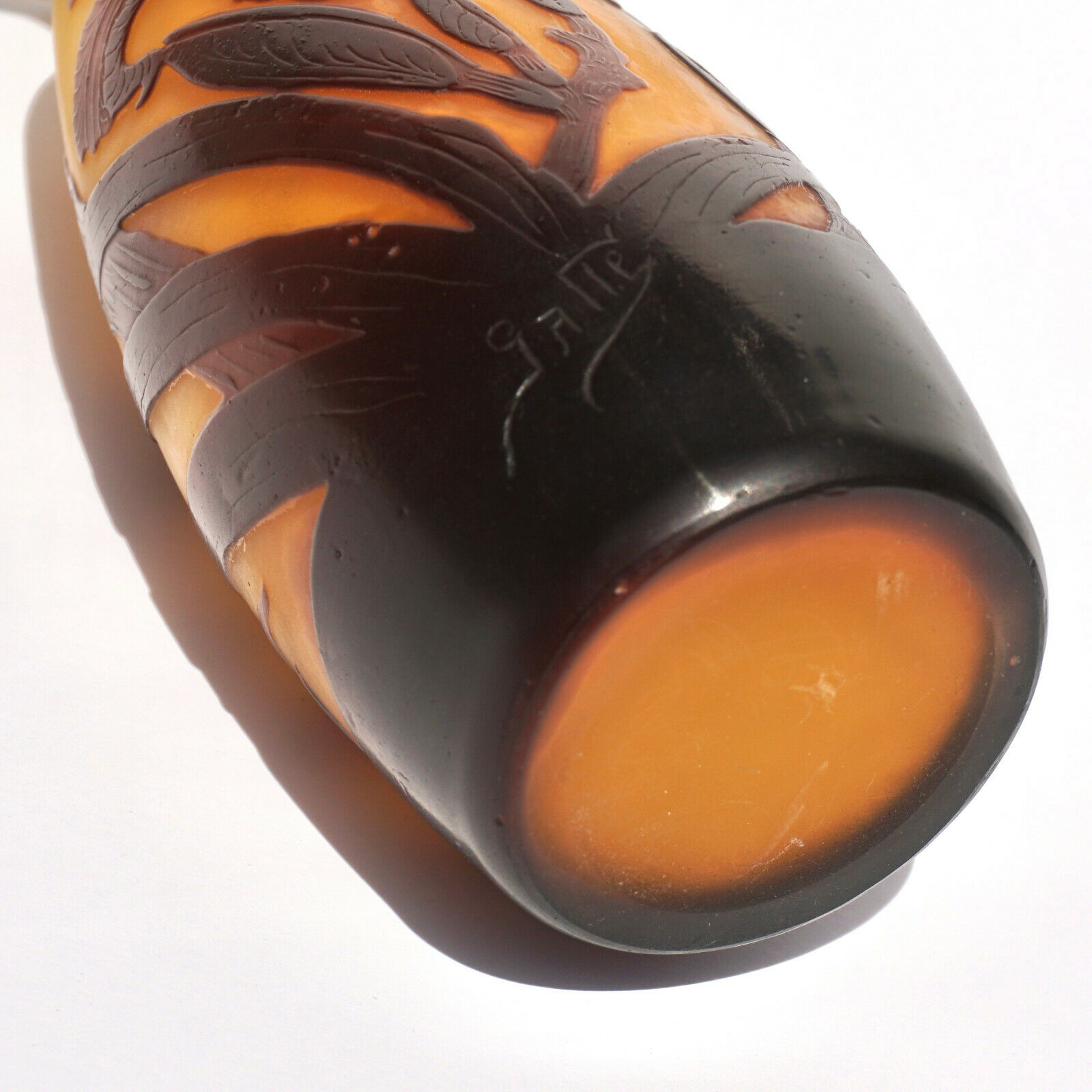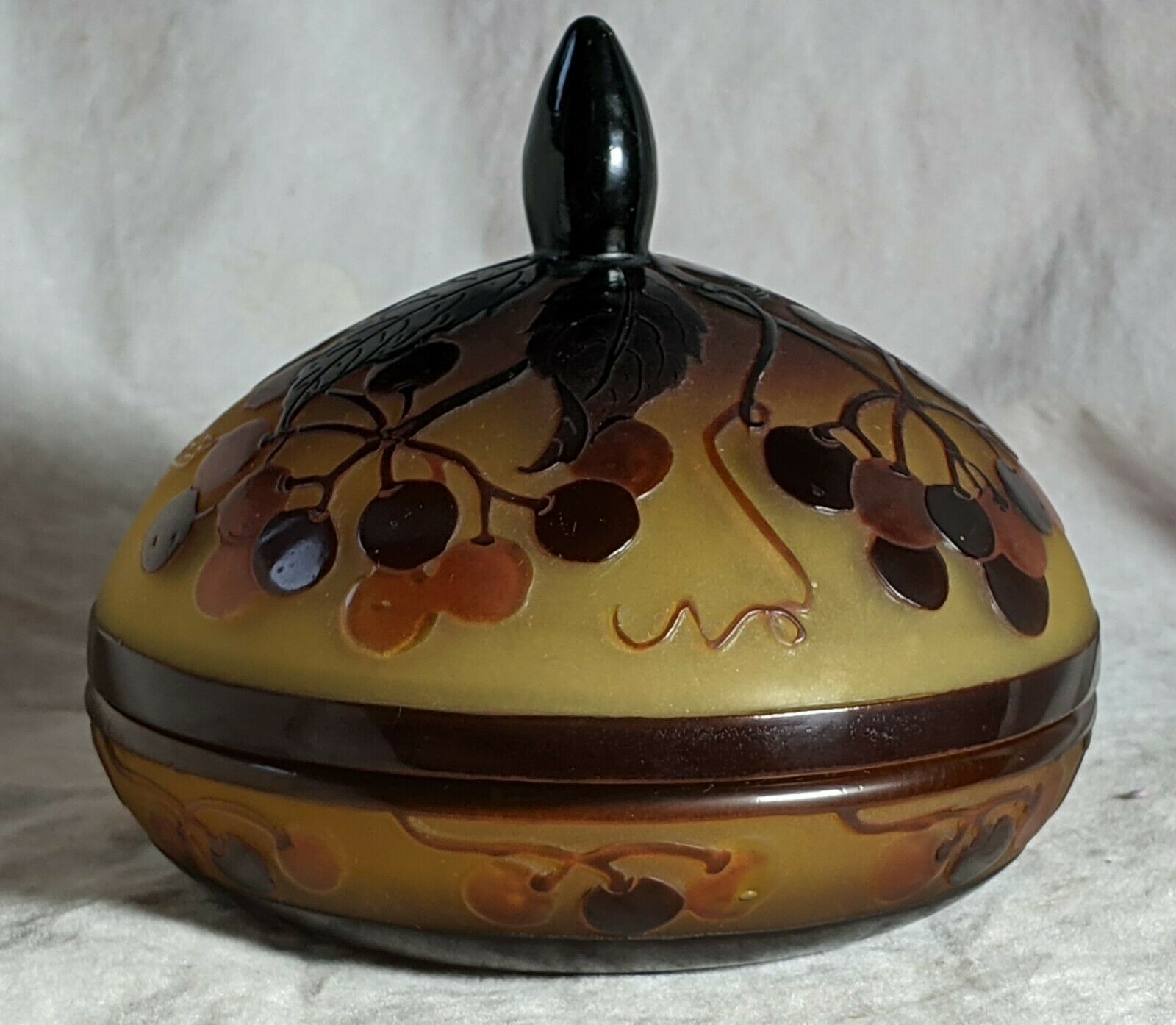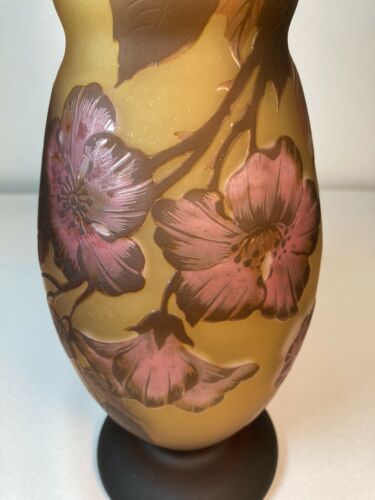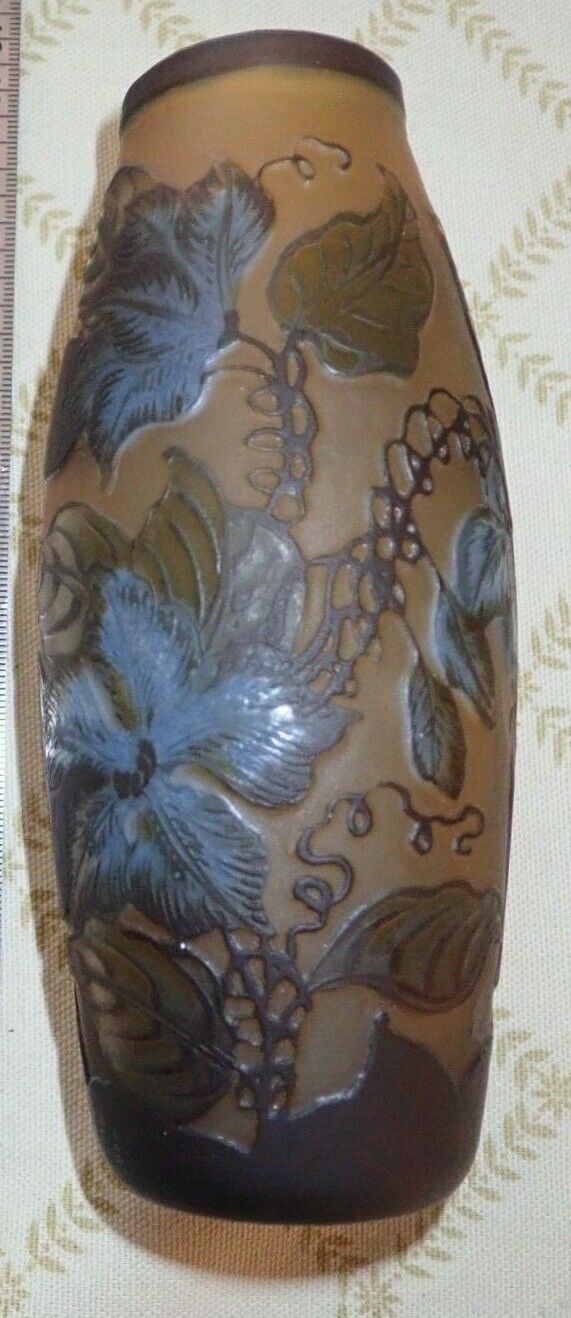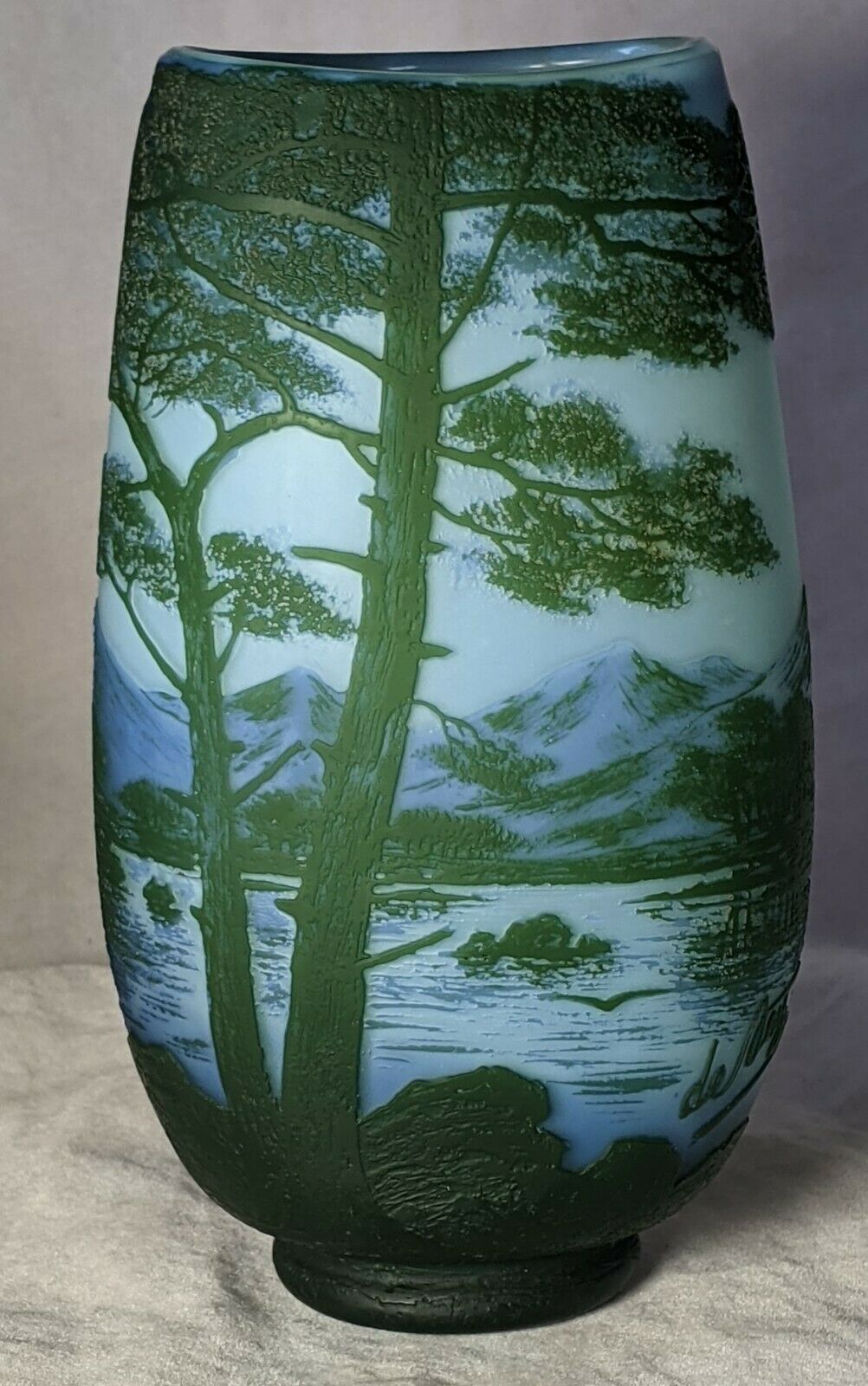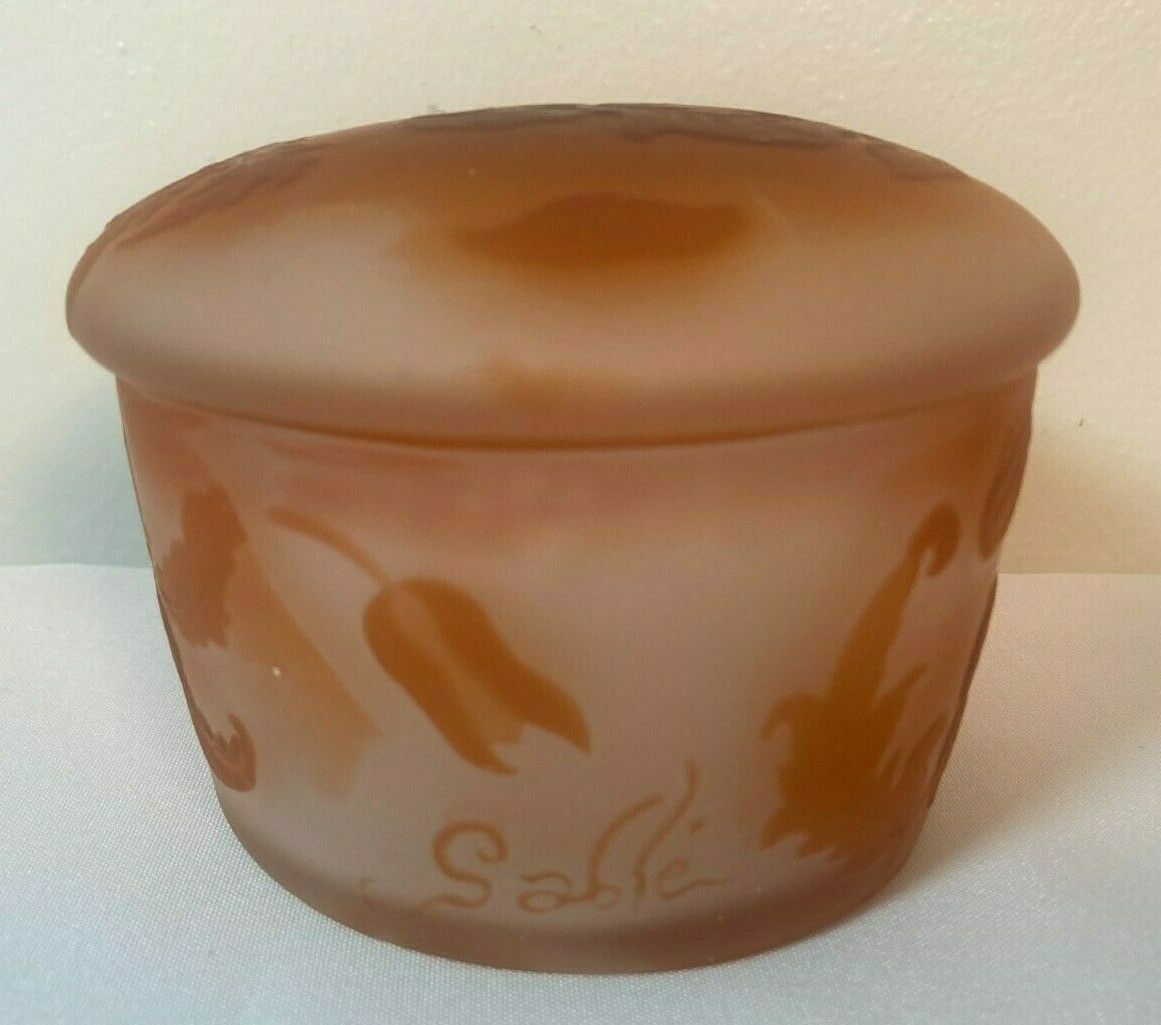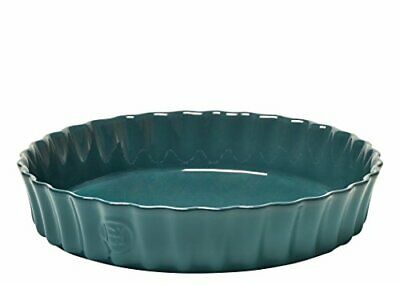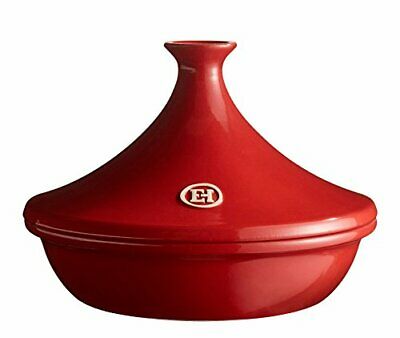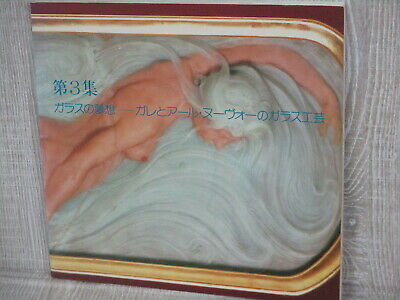-40%
Emile Galle Cameo Art Nouveau Iris Vase
$ 633.6
- Description
- Size Guide
Description
A wonderful Emile Galle cabinet vase in orange, yellows and purple wheel carved and acid etched depicting Iris flowers, pods and leaves. Circa 1900 Art Nouveau.Measures: Height: 6.5 Inches
Signed: Galle
Condition: Excellent. Dirty.
AVANTIQUES is dedicated to providing an exclusive curated collection of Fine Arts, Paintings, Bronzes, Asian treasures, Art Glass and Antiques. Our inventory represents time-tested investment quality items with everlasting decorative beauty. We look forward to your business and appreciate any reasonable offers. All of our curated items are vetted and guaranteed authentic and as described. Avantiques only deals in original antiques and never reproductions. We stand behind our treasures with a full money back return policy if the items are not as described.
Gallé born on 4 March 1846 in the city of Nancy, France. His father, Charles Gallé, was a merchant of glassware and ceramics who had settled in Nancy in 1844, and his father-in-law owned a factory in Nancy which manufactured mirrors. His father took over the direction of his mother's family business, and began to manufacture glassware with a floral design. He also took over a struggling faience factory and began make new products.
The young Gallé studied philosophy and natural science at the Lycée Imperial in Nancy. At the age of sixteen he went to work for the family business as an assistant to his father, making floral designs and emblems for both faience and glass. In his spare time he became an accomplished botanist, studying with D.A. Godron, the director of the Botanical Gardens of Nancy and author of the leading textbooks on French flora. He collected plants from the region and from as far away as Italy and Switzerland. He also took courses in painting and drawing, and made numerous drawings of plants, flowers, animals and insects, which became subjects of decoration.
At the age of sixteen he finished the Lycée in Nancy and went to Weimar in Germany from 1862-1866 to continue his studies in philosophy, botany, sculpture and drawing. In 1866, to prepare himself to inherit the family business, he went to work as an apprentice at the glass factory of Burgun and Schwerer in Meisenthal, and made a serious study of the chemistry of glass production. Some of his early glass and faience works for the family factory at Saint-Clémont were displayed at the 1867 Paris Universal Exposition. In early 1870 he designed a complete set of dishware with a rustic animal designs for the family enterprise. During this time he became acquainted with the painter, sculptor and engraver Victor Prouvé, an artist of the romantic "troubadour" style, who became his future collaborator in the Nancy School.
He enlisted for military service in the Franco-Prussian War in 1870, then was demobilised after the disastrous French defeat in 1871 and the French loss to Germany of much of the province of Lorraine, including Meisenthal where he had done his apprenticeship. Thereafter the Cross of Lorraine, the patriotic symbol of the region, became part of his signature on many of his works of art.
After his demobilization Gallé went to London, where he represented his father at an exhibition of the arts of France, then to Paris, where he remained for several months, visiting the Louvre and Cluny Museum, studying examples of ancient Egyptian art, Roman glassware and ceramics, and especially early Islamic enamelled glass, a technique which influenced his own later work. After further travel to Switzerland and Italy, he returned to Nancy and established his own workshop at the glass factory. His father Charles continued as head of the company, but Émile gradually took charge of the design and production. In 1873 he took up residence in La Garenne ("the rabbit warren"), the three-story neoclassical house built by his father and surrounded by gardens.
Please also consider Avantiques eclectic Art Glass and Pate De Verre collection including Emile Galle, Daum Nancy, Schneider, Argy Rousseau, Almeric Walter, D’Argental, St Louis, Decorchemont, and Louis Comfort Tiffany Studios. We strive to collect the highest quality glass pieces in exceptional condition.
